ST ANNE WITH THE VIRGIN AND CHILD, miniature on a leaf from a Book of Hours, ILLUMINATED MANUSCRIPT ON VELLUM [Valenciennes, late 1470s]143 x 98mm; decorated area 131 x 85mm. In an interior, St Anne, seated on a bench, looks down to the Christ Child held by the Virgin, seated on the footrest beside her, with heavenly precedence observed by placing the matriarch outside the borders of the cloth of honour; framed in liquid gold; above the two-line rubric De sancta anna matre genitricis ihesu christi ; a three-sided border of acanthus and realistically depicted flower stems and insects on an ochre ground stippled and hatched in liquid gold; the verso with a justification ruled in red, 89 x 60mm, with nine lines of erased text. A SUPERB MINIATURE BY SIMON MARMION 'PRINCE OF ILLUMINATION' The composition, colouring and exquisite delicacy of execution are all typical of Simon Marmion 'the prince of illumination', active in Valenciennes from 1458 until his death in 1489. Marmion's usual strong vertical accents counterpoint the curves and diagonals linking St Anne to her daughter and grandson in a tender pattern echoed in the border. Care was lavished on both miniature, with its minute drapery highlights in gold, and border where tiny, immaculately judged strokes of contrasting light and dark imbue the plants and insects with a convincing three-dimensionality. It is a striking demonstration of Marmion's contribution to the evolution of the illusionistic scatter border, a contribution only now being recognised (see T. Kren and S. McKendrick, Illuminating the Renaissance, the Triumph of Flemish Manuscript Painting in Europe , 2003, esp. nos 37 and 44). Bodo Brinkmann has demonstrated that the leaf almost certainly came from a structurally disturbed Book of Hours in Louvain-la-Neuve, formerly known as the Louthe Hours (Université catholique de Louvain, MS A.2.). The Hours was actually made for Sir John Donne, the favoured follower of Edward IV who commissioned the triptych by Hans Memling now in the National Gallery, London. Triptych and Hours were reunited in the recent exhibition at the Victoria and Albert Museum, London, ( Gothic, Art for England 1400-1547 , 2003, nos.213 and 215) and, if Marmion and Memling accurately portrayed Sir John's progressive hair loss, his Hours would predate his Triptych of 1478. He held offices in Calais and was often employed in negotiations with the Burgundian court, so that he was well placed to commission works from the best artists in the Netherlands. In the Donne Hours, the decorated area of the leaves measures 133 x 85mm and the justification 90 x 61mm, small differences from the detached leaf explicable by its very slight cockling. Although a suffrage to St Anne remains in the manuscript, both miniature and rubric invoke her as the mother of the Virgin (f.97v), unlike the detached leaf which presents her as the grandmother of Christ, presuambly to accompany another of the many prayers current in her honour. Three other miniature subjects occur twice in the Donne Hours, for the Joys of the Virgin and the Hours of the Virgin, and this self-contained leaf - the text on the verso completed within nine lines - might have preceded the Joys, following f.88 and originally forming a bifolium with f.96, now a singleton (see B. Brinkmann, 'The contribution of Simon Marmion to Books of Hours from Ghent and Bruges', pp.181-194 in T. Kren ed., Margaret of York, Simon Marmion and the Visions of Tondal , 1992, this leaf fig.139, and Die flämische Buchmalerei am Ende des Burgunderreiches , 1997, I, pp.153-159, this leaf II, Abb.139).
ST ANNE WITH THE VIRGIN AND CHILD, miniature on a leaf from a Book of Hours, ILLUMINATED MANUSCRIPT ON VELLUM [Valenciennes, late 1470s]143 x 98mm; decorated area 131 x 85mm. In an interior, St Anne, seated on a bench, looks down to the Christ Child held by the Virgin, seated on the footrest beside her, with heavenly precedence observed by placing the matriarch outside the borders of the cloth of honour; framed in liquid gold; above the two-line rubric De sancta anna matre genitricis ihesu christi ; a three-sided border of acanthus and realistically depicted flower stems and insects on an ochre ground stippled and hatched in liquid gold; the verso with a justification ruled in red, 89 x 60mm, with nine lines of erased text. A SUPERB MINIATURE BY SIMON MARMION 'PRINCE OF ILLUMINATION' The composition, colouring and exquisite delicacy of execution are all typical of Simon Marmion 'the prince of illumination', active in Valenciennes from 1458 until his death in 1489. Marmion's usual strong vertical accents counterpoint the curves and diagonals linking St Anne to her daughter and grandson in a tender pattern echoed in the border. Care was lavished on both miniature, with its minute drapery highlights in gold, and border where tiny, immaculately judged strokes of contrasting light and dark imbue the plants and insects with a convincing three-dimensionality. It is a striking demonstration of Marmion's contribution to the evolution of the illusionistic scatter border, a contribution only now being recognised (see T. Kren and S. McKendrick, Illuminating the Renaissance, the Triumph of Flemish Manuscript Painting in Europe , 2003, esp. nos 37 and 44). Bodo Brinkmann has demonstrated that the leaf almost certainly came from a structurally disturbed Book of Hours in Louvain-la-Neuve, formerly known as the Louthe Hours (Université catholique de Louvain, MS A.2.). The Hours was actually made for Sir John Donne, the favoured follower of Edward IV who commissioned the triptych by Hans Memling now in the National Gallery, London. Triptych and Hours were reunited in the recent exhibition at the Victoria and Albert Museum, London, ( Gothic, Art for England 1400-1547 , 2003, nos.213 and 215) and, if Marmion and Memling accurately portrayed Sir John's progressive hair loss, his Hours would predate his Triptych of 1478. He held offices in Calais and was often employed in negotiations with the Burgundian court, so that he was well placed to commission works from the best artists in the Netherlands. In the Donne Hours, the decorated area of the leaves measures 133 x 85mm and the justification 90 x 61mm, small differences from the detached leaf explicable by its very slight cockling. Although a suffrage to St Anne remains in the manuscript, both miniature and rubric invoke her as the mother of the Virgin (f.97v), unlike the detached leaf which presents her as the grandmother of Christ, presuambly to accompany another of the many prayers current in her honour. Three other miniature subjects occur twice in the Donne Hours, for the Joys of the Virgin and the Hours of the Virgin, and this self-contained leaf - the text on the verso completed within nine lines - might have preceded the Joys, following f.88 and originally forming a bifolium with f.96, now a singleton (see B. Brinkmann, 'The contribution of Simon Marmion to Books of Hours from Ghent and Bruges', pp.181-194 in T. Kren ed., Margaret of York, Simon Marmion and the Visions of Tondal , 1992, this leaf fig.139, and Die flämische Buchmalerei am Ende des Burgunderreiches , 1997, I, pp.153-159, this leaf II, Abb.139).
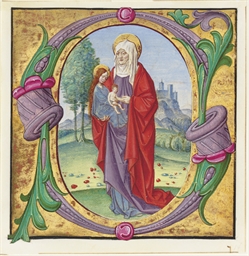
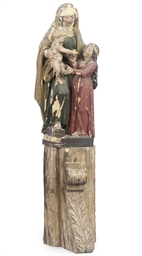




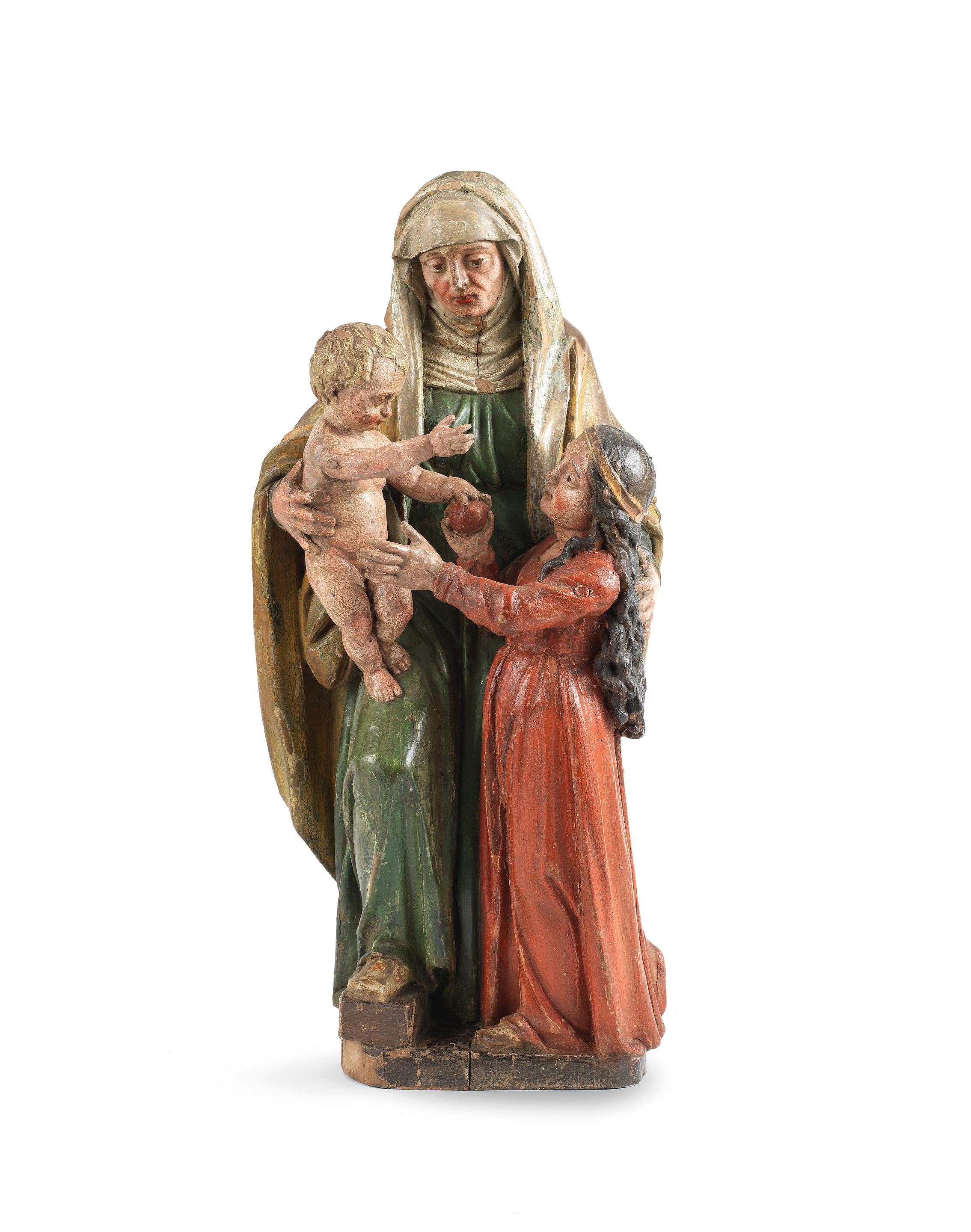


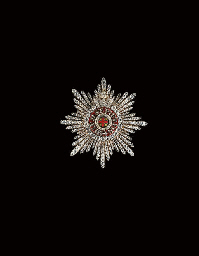


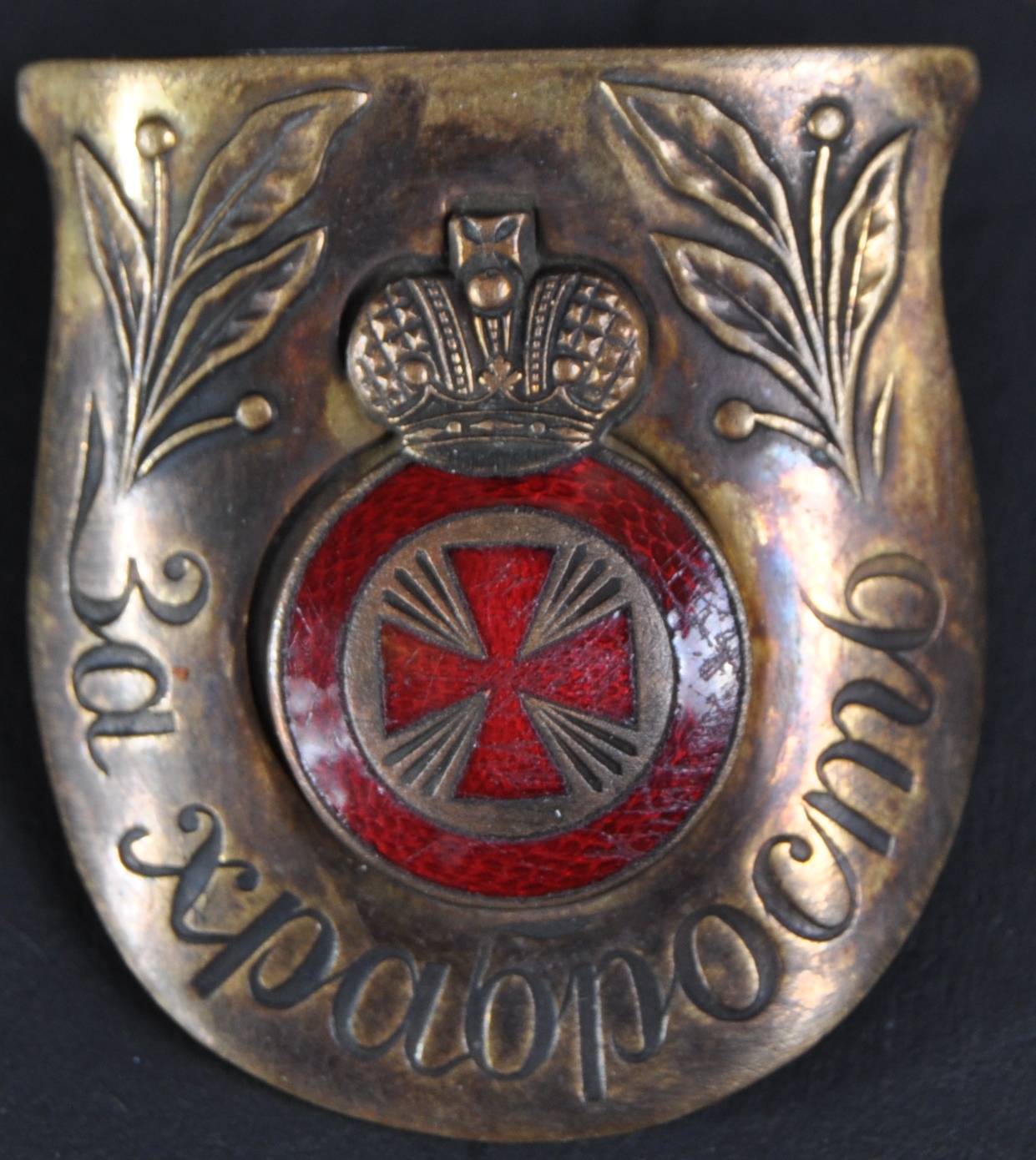
Try LotSearch and its premium features for 7 days - without any costs!
Be notified automatically about new items in upcoming auctions.
Create an alert